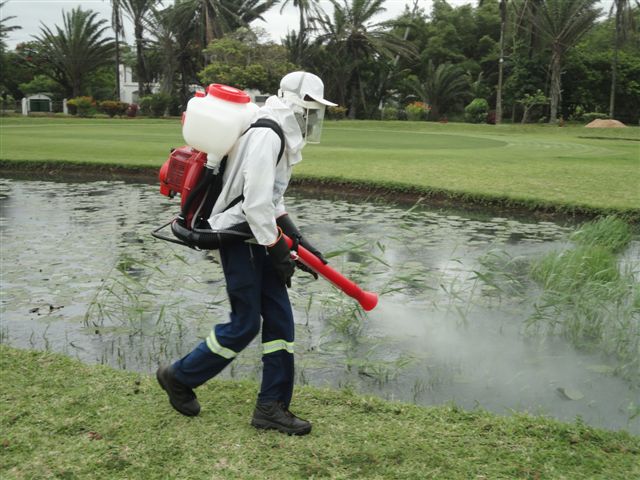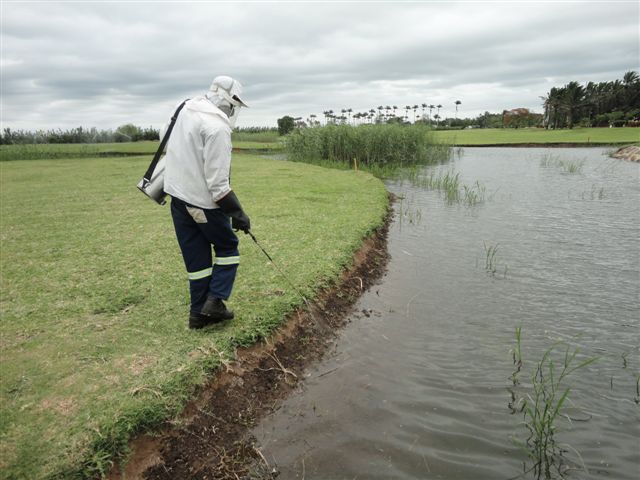The various larvacides has been developed to kill mosquito larvae before they hatch and it poses no risk to human health, non target species and the environment if the products is used according to the label directions. Spray operators are equipped with a full overall, respiration mask, full facial visor, safety gloves and boots. Direct contact with the insecticide is minimized by the use of the above mentioned personal protection equipment and therefore it is safe for the spray operators.

